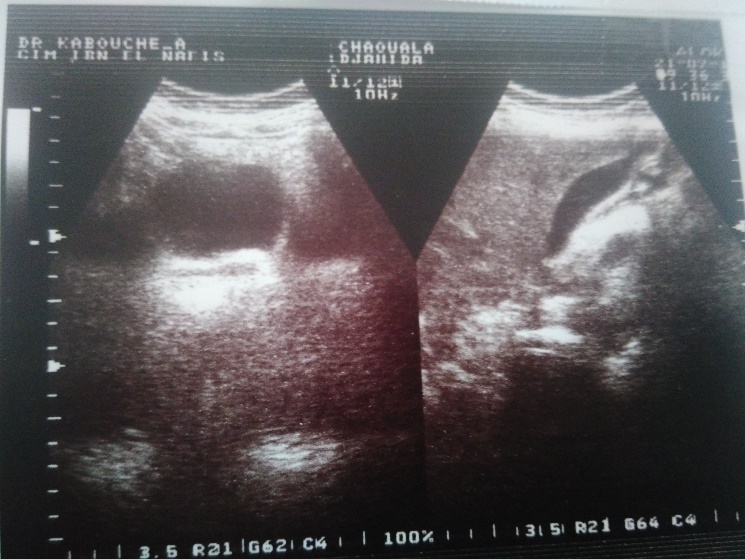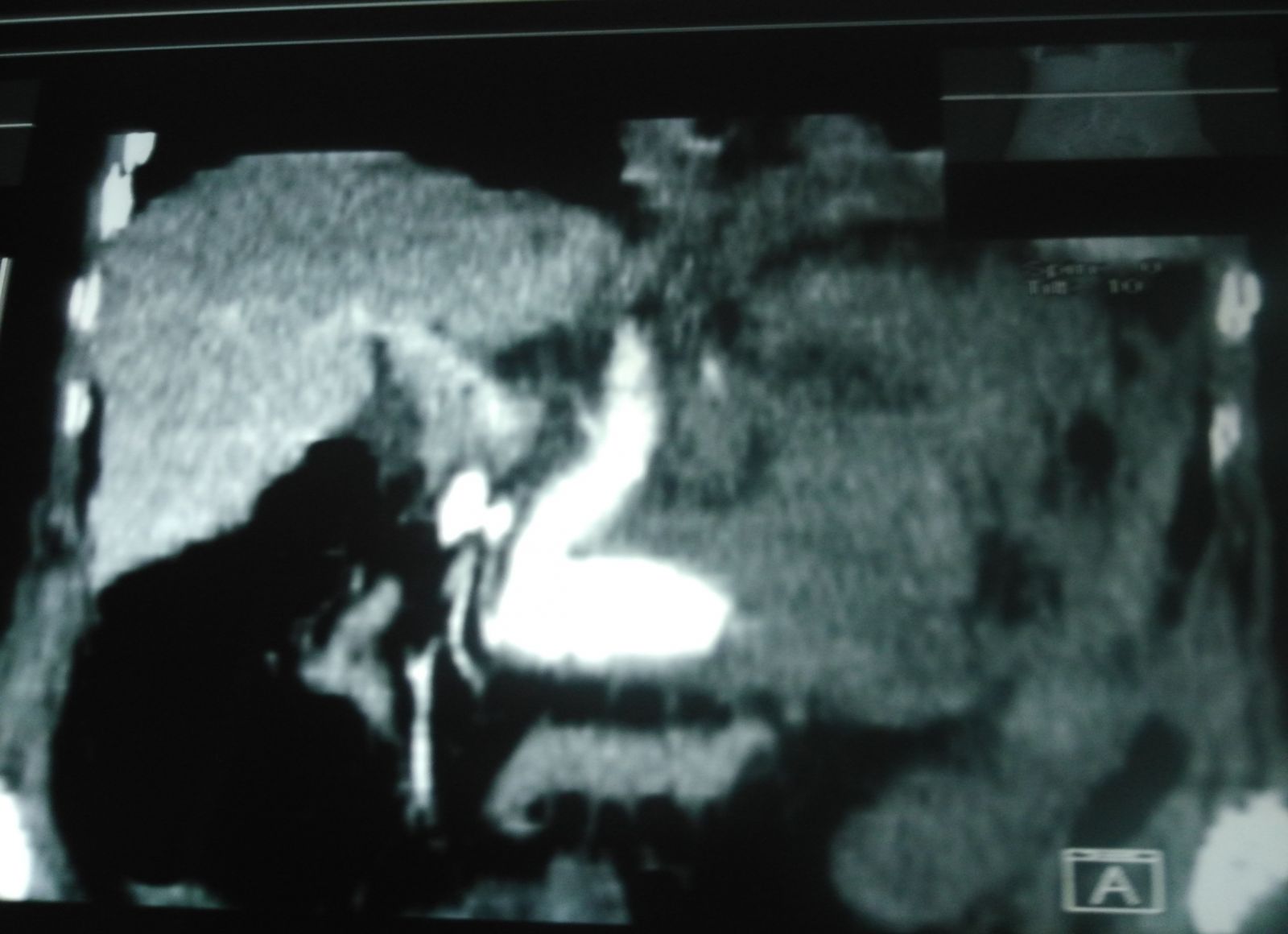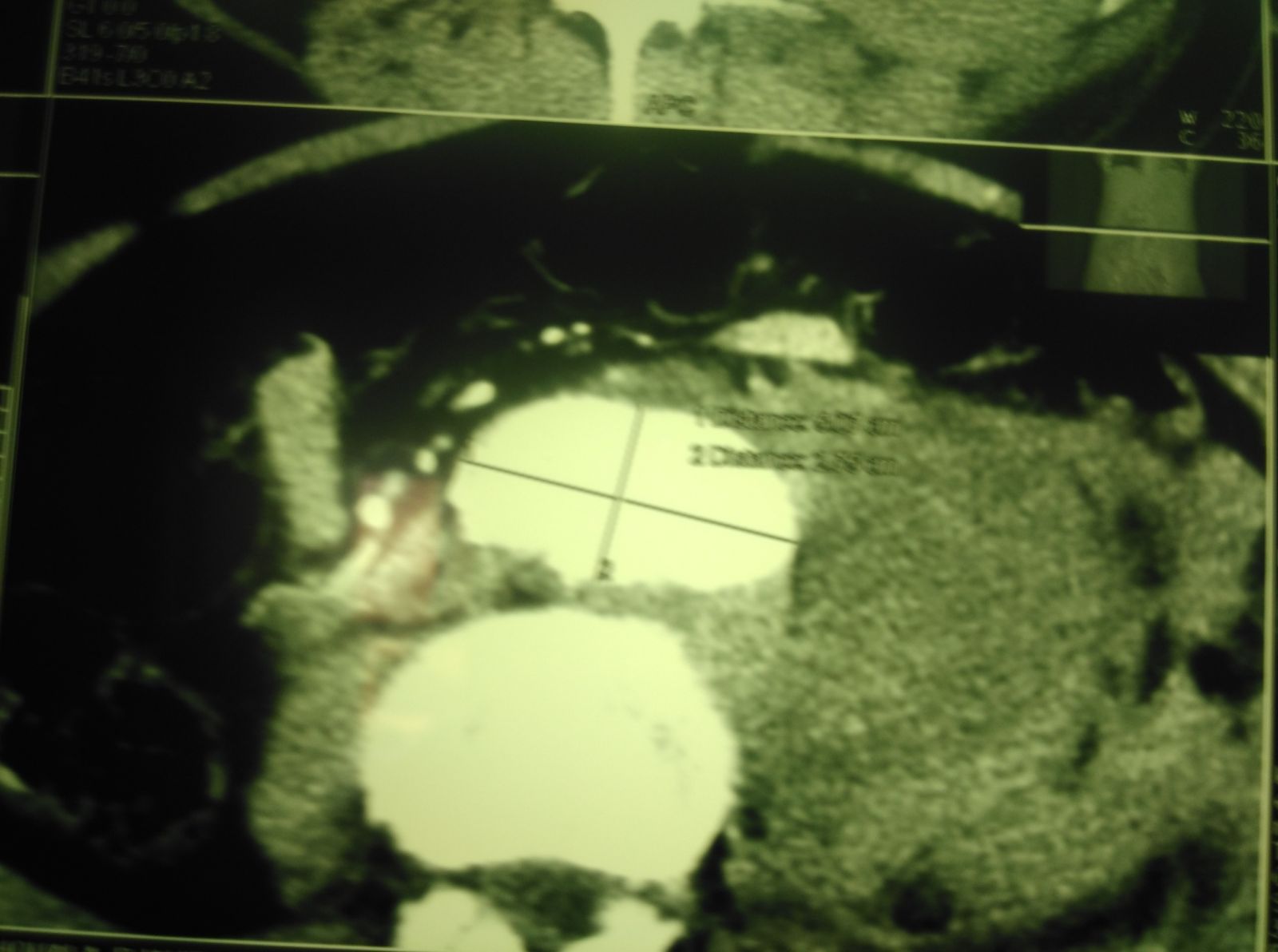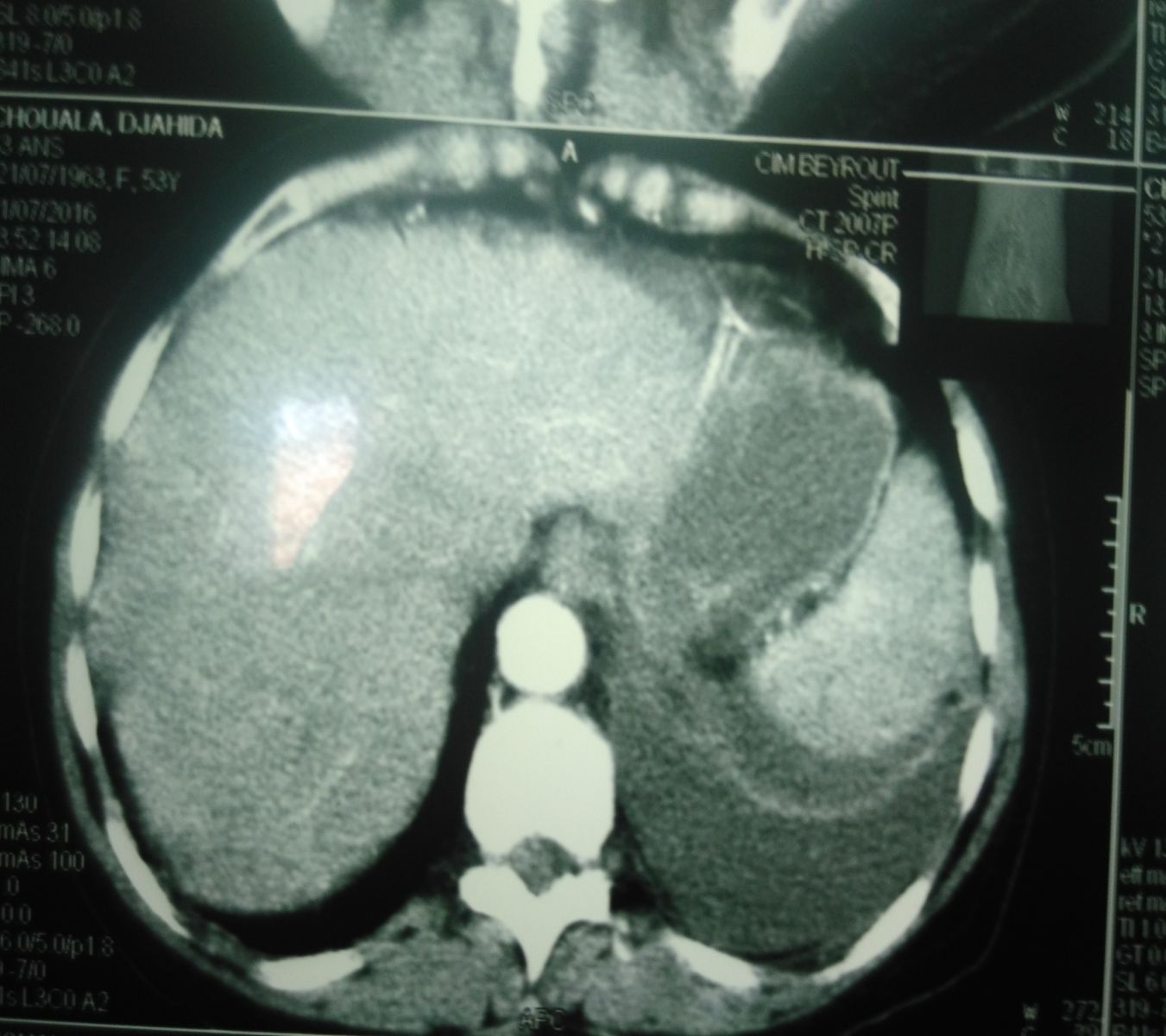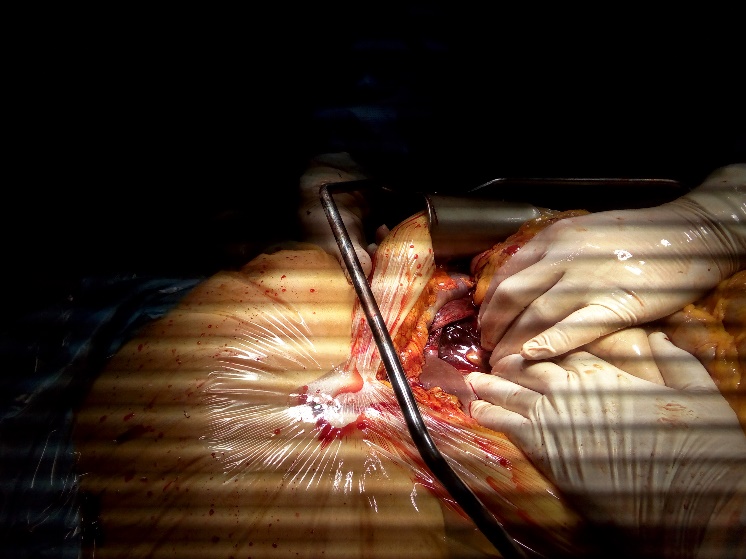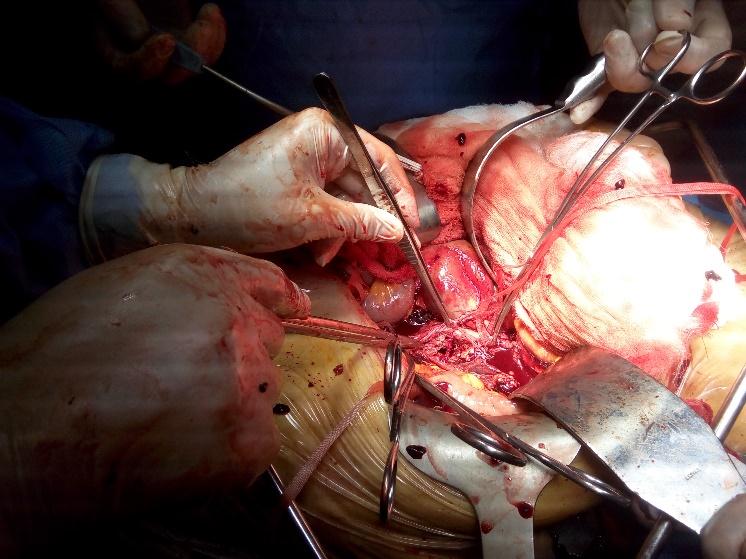Previous Issues Volume 6, Issue 3 - 2023
Hemorrhagic Shock After Rupture of an Abdominal Aortic Aneurysm in a Woman with No Medical History: A Case Report
Redha Lakehal1,*, Jalaleddinne Omar Bouhidel2, Soumaya Bendjaballah1, Khaled Khacha3,Abdelmalek Bouzid3, Radouane Boukarroucha1
1Faculty of Medicine, Constantine, Algeria
2Faculty of Medicine Batna, Algeria
3Faculty of Medicine, Algiers, Algeria
*Corresponding Author: Redha Lakehal, Faculty of Medicine, Algiers, Algeria; Email: [email protected]
Received Date: July 20, 2023
Publication Date: September 04, 2023
Citation: Lakehal R, et al. (2023). Hemorrhagic Shock After Rupture of an Abdominal Aortic Aneurysm in a Woman with No Medical History: A Case Report. Mathews J Surg. 6(3):22.
Copyright: Lakehal R, et al. © (2023)
ABSTRACT
Introduction: The rupture of an aneurysm of the abdominal aorta is so serious, that it is better to detect the aneurysm before it manifests itself, in order to be able to monitor it, and if necessary operate it "quietly". Rupture of the aneurysm is a progressive complication. The risk of breakage becomes significant when the diameter is greater than 50 mm. The rupture most often occurs in the abdominal cavity, causing massive bleeding, which is often fatal. Sometimes the rupture is less important and allows an emergency intervention, after a transfer to a vascular surgery department. We report a case of an unprecedented woman with hemorrhagic shock following a ruptured abdominal aortic aneurysm. Methods: We report the observation of a 50-year-old woman urgently evacuated from a peripheral health facility following the discovery of a ruptured abdominal aortic aneurysm during pain-motivated abdominal CT angiography excruciating abdominal pain associated with shock. On reception, the patient was in shock with impregnable tension and extreme skin-mucous pallor, transferred quickly to the operating room, the patient suffered a recovered cardiac arrest, after induction an emergency thoracotomy and clamping of the descending thoracic aorta, a median laparotomy and clamping of the abdominal aorta under renal and the two iliac arteries, exploration revealed a large left prerenal hematoma and a rupture of the abdominal aorta on the left lateral wall on a thickened aortic wall. At the time of the exploration, the patient had a cardiac arrest, which was not recovering despite an untimely vascular filling. Results: The patient had a deactivation of the cardiac pump following a state of refractory hemorrhagic shock. A sample of the abdominal aortic wall was taken and sent for anatomo-pathological study. Conclusion: Serious progressive complication. Factors that increase the risk of rupture are: a growth rate greater than 10 mm in 1 year, smoking, arterial hypertension, obstructive pulmonary disease, the sacciform nature of the aneurysm, and finally with a diameter equal to the female sex. The death rate is high after rupture. Treatment can be endovascular or surgical.
Keywords: Aneurysm, abdominal aorta, rupture, state of shock, endovascular, surgery
INTRODUCTION
The rupture of an aneurysm of the abdominal aorta is so serious, that it is better to detect the aneurysm before it manifests itself, in order to be able to monitor it and if necessary operate on it "quietly". A ruptured aneurysm is a progressive complication. The risk of breakage becomes significant when the diameter is greater than 50 mm. The rupture most often occurs in the abdominal cavity, causing massive bleeding, which is often fatal. Sometimes the rupture is less important and allows an emergency intervention, after a transfer to a vascular surgery department. Pre-hospital mortality is 80% and hospital mortality is 30 to 60% [1,2].
We report a case of an unprecedented woman with an acute rupture of an abdominal aortic aneurysm discovered on abdominal ultrasound prompted by tearing abdominal pain.
OBSERVATION
We report the observation of a 50-year-old woman urgently evacuated from a peripheral health facility following the discovery of a ruptured abdominal aortic aneurysm during an abdominopelvic ultrasound (Figure 1) and abdominal CT angiography (Figures 2-4) motivated by excruciating abdominal pain associated with shock.
Figure 1: Echocardiographic image of the rupture with hemoperitoneum.
Figure 2: CT angiography of the rupture with hemoperitoneum.
Figure 3: CT angiography image with hemoperitoneum linked to the aneurysmal rupture
Figure 4: CT angiography image with hemoperitoneum linked to the aneurysmal rupture.
On reception, the patient was in haemorrhagic shock with impregnable tension and extreme skin paleness, transferred quickly to the operating room, the patient had recovered cardiac arrest, after anesthetic induction, a left posterolateral thoracotomy was performed urgently to clamp down on the patient the descending thoracic aorta then a median laparotomy and clamping of the abdominal aorta under renal and the two iliac arteries were carried out concomitantly with filling with red blood cells.
The investigation revealed a large left prenenal hematoma and a rupture of the abdominal aorta on the left lateral wall on a thickened aortic wall (Figures 5,6).
Figure 5: Intraoperative image at the opening of the peritoneal cavity.
Figure 06: Intraoperative image showing the site of the aneurysm rupture.
At the time of the exploration, the patient had a deactivation of the cardiac pump but not recovering despite an optimal vascular filling.
RESULTS
The patient underwent intraoperative cardiac arrest following refractory hemorrhagic shock.
A sample of the abdominal aortic wall was taken and sent for anatomo-pathological study.
DISCUSSIONS
The abdominal aortic aneurysm is a complex, multifactorial pathology with genetic and environmental factors [4]. It is much more common in men [4] while women have a higher risk of rupture as is the case in our patient [3]. Pain is the most common symptom (abdominal or lumbar) [6]. The abdominal CT scan diagnoses rupture in half of the cases [5]. Treatment with aortic stent grafting can be done urgently in cases of ruptured abdominal aortic aneurysms [5]. Despite urgent treatment, the mortality rate remains high, hence the value of systematic screening in the population at risk [6].
CONCLUSION
A ruptured abdominal aortic aneurysm is a serious progressive complication. The factors that increase the risk of rupture are: a growth rate greater than 10 mm in 1 year, smoking, arterial hypertension, obstructive pulmonary disease The sacciform nature of the aneurysm and finally with equal diameter of the female sex . The death rate is high after rupture. Treatment can be endovascular or surgical.
REFERENCES
- Pini R, Faggioli G, Longhi M, Mauro R, Freyrie A, Gargiulo M, et al. (2014). The influence of study design on the evaluation of ruptured abdominal aortic aneurysm treatment. Ann Vasc Surg. 28(6):1568–1580.
- Vaddineni SK, Russo GC, Patterson MA, Taylor SM, Jordan WD Jr. (2005). Ruptured abdominal aortic aneurysm: A retrospective assessment of open versus endovascular repair. Ann Vasc Surg. 19(6):782–786.
- Makrygiannis G, Courtois A, Drion P, Defraigne JO, Kuivaniemi H, Sakalihasan N. (2014). Differences in abdominal aortic aneurysm: the role of sex hormones. Ann Vasc Surg. 7(8):1000–1016.
- Kunishige H, Ishibashi Y, Kawasaki M, Morimoto K, Inoue N. (2013). Risk factors affecting survival after surgical repair of ruptured abdominal aortic aneurysm. Ann Vasc Dis. 6(3):631–636.
- L’anévrisme de l’aorte abdominale/Maladie, diagnostic et traitements. Société Française de Chirurgie Vasculaire © CENTRE CARDIO-THORACIQUE DE MONACO.
- Dieng PA, Diop MS, Ba PS, Diatta S, Gaye M, Sow NF, et al. (2015). Anévrismes de l’aorte abdominale sous-rénale rompus : aspects chirurgicaux à Dakar : à propos de 6 observations. Pan Afr Med J. 21:293.
